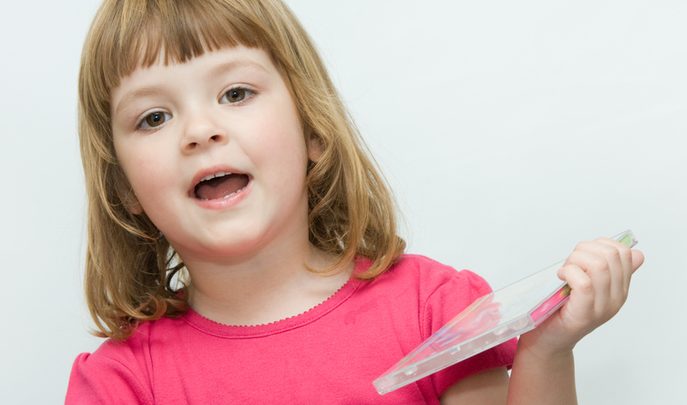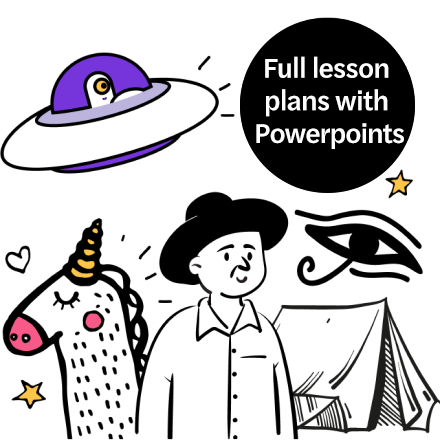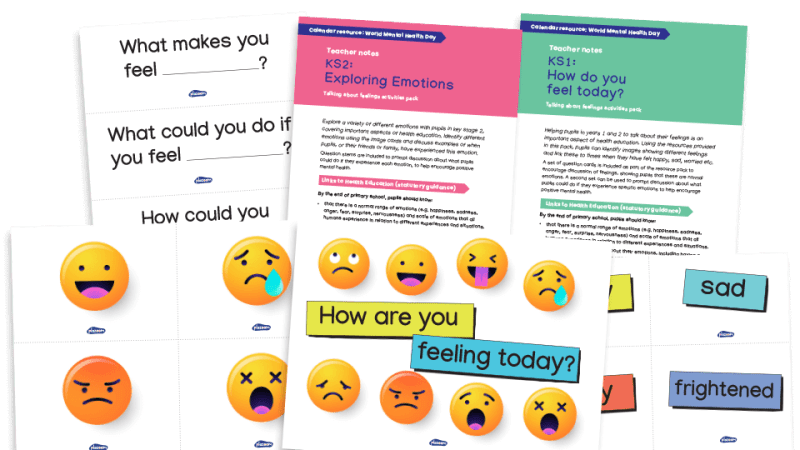Listening In – What Do Children Hear In Your Setting, And How Might It Affect Them?

Does your auditory environment enhance or hinder children’s learning? Nicola Burke shares some research findings and tips on improving your practice…

- by Nicola Burke

What does your setting sound like?
Do you play recorded music? If so, what style of music do you play, when do you play it and why? Do you have the radio on? If so, why, and who is it for?
These questions are important, because in early years education we tend to think visually and tangibly about our learning environment – yet there is little guidance around active music listening, and no guidance regarding what is appropriate or inappropriate music to play to young children in early years settings.
Listening opportunities
One of my most prominent childhood memories is listening to music with my parents at home. My dad had a large, battered old suitcase that was full to the brim with vinyl records. Any opportunity I had of listening to those vinyls with my dad was grasped.
I vividly remember asking him to get the suitcase out so that we could listen to music together. We listened to reggae, soft rock, ska, pop, big band and swing music, amongst many other styles. I remember this happening from around the age of three.
Do the children in your setting have similar opportunities to listen to a range of styles of music? It might be useful to compare the range of books on your shelves with the range of music that you have for children to access, to help judge whether you could be doing more. How often can children access the music listening experiences you offer?
If a child asked you to read a story to them within free play/free flow time, the likelihood is that you would say yes and do so. But how feasible is it for children to listen to music if they want to in your setting? If it is not possible to create a listening area, is it possible to create opportunities for children to listen to music at certain times in the day or throughout the week? Following some initial research as part of my MA in Early Childhood Music Studies, I started working in partnership with Mac Birmingham and was successful in obtaining a grant from Arts Connect and Youth Music to lead a year-long action research project called Tune into Listening.
Tune into Listening involved two key partners – Hillfields Children’s Centre in Coventry and Allens Croft Children’s Centre in Birmingham. The research explored how to create rich music listening experiences for children, and the overarching research question was, “How can we use recorded music effectively?”
Responses to music
Children can listen to music in a number of ways, just as they can learn in a number of ways. Our research found that some children preferred to listen whilst painting, for example, whereas others preferred to listen whilst moving. Others preferred to solely listen. Their preferences were affected by how they felt on the day and by the style of music that was played. For most of the children involved, the manner in which they listened varied. This is not particularly surprising, since we often listen to music in different ways. How we listen to music changes, and can be impacted by how we feel and the style of music we are listening to.
For example, listening to strong ballads whilst driving and singing along may be more enjoyable than listening to them whilst exercising. The music we hear can also influence how we feel, and what we may be doing at any given moment. Music can be incredibly emotive and can affect our mood, both positively and negatively. As part of the project, we played listening games with children to explore what they could hear in music and what the music made them think of. We also explored playing music in the ‘background’ to observe the impact that this might have on the children.
Emotional impact
The findings of the research are fascinating and wonderful. three-year-olds described some pieces of music as “snail poo” and used phrases such as “it sounds like floating on a boat”. Asking children “Is this happy music?” or “Is this sad music?” as part of a listening activity is a great starting point for listening with children. It can help to focus their listening and attention, and encourage active listening.
We know that music has the ability to move us, both emotionally and physically, but how much is this considered in settings? It can be complex to understand the emotional impact that music has. On many occasions throughout the research we found that music brought children together; individuals who had not previously interacted with each other created a connection through music.
Music often creates a connection between people; in social situations people often discuss musical tastes and at football games, the chants and songs that crowds use unite them.
What’s appropriate? Some music is obviously inappropriate – music that contains swear words, for example. But it can be unclear in other cases which lyrics are okay to play and which are not. As there are no set guidelines, it is for teachers and practitioners to decide if the content of music is suitable.
It may be useful for you to discuss this with staff in your setting and perhaps create some rules/guidelines that everyone can agree to. When discussing lyrics throughout the research, we found it useful to ask ourselves, “Would you read the lyrics of the song to children?” If the answer is no, then perhaps the music is inappropriate!
A free online resource has been created that shares the findings of our research, which you can access here.
It has been designed so that you can easily look at areas which particularly interest you – simply scroll down the home page and click on one of the tiles. The topics include movement, identity and listening skills, amongst seven others. The resource shares the findings of the research, including film footage of children’s responses and contains plenty of ideas for teachers and practitioners.
Listen to this!
How to create an effective auditory environment…
• Experiment with different styles of music for specific listening activities – see the Tune into Listening resource for listening activities. Why not invite children and parents to share music from home?
• Consider making music listening part of your singing/music sessions. Encourage children to move freely to the music they are listening to.
• Within your staff team discuss what music you feel is appropriate and inappropriate, and why.
• Ask yourself – when you are concentrating, do you like music or sound in the background? Music may hinder some children’s learning but enhance the learning of others. • Explore limiting the time that music is played – if music is ever-present it’s likely to become unnoticed and may not be heard. Children may be tuning out of it and this may be encouraging them not to listen.
Nicola Burke is an eEarly childhood music educator; for more information, visit www.musicforearlyyears.co.uk or follow @NicolaBurke16









